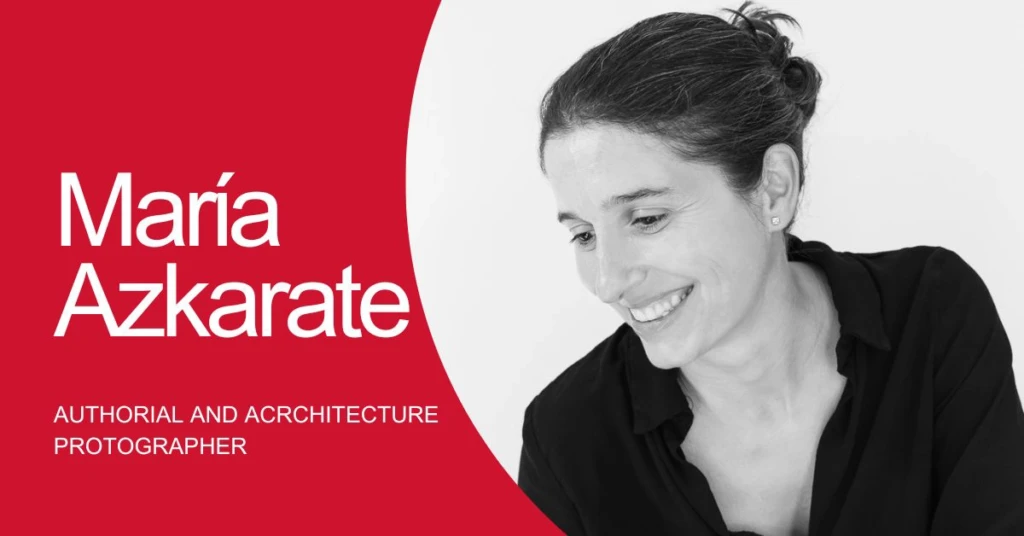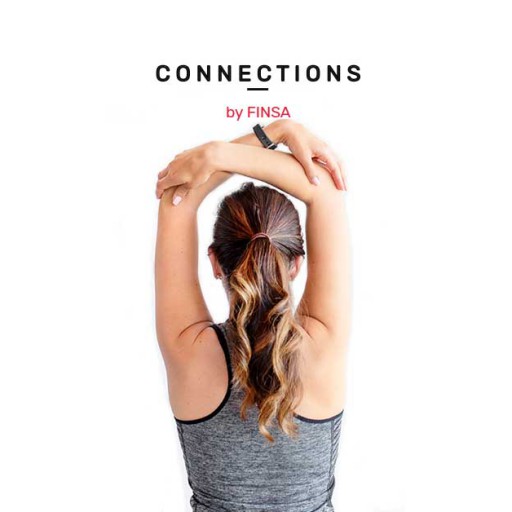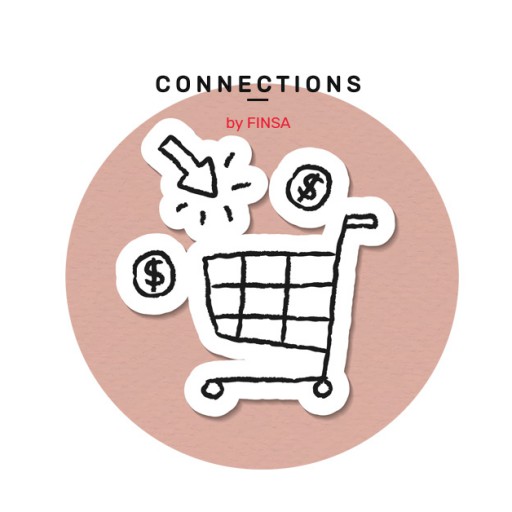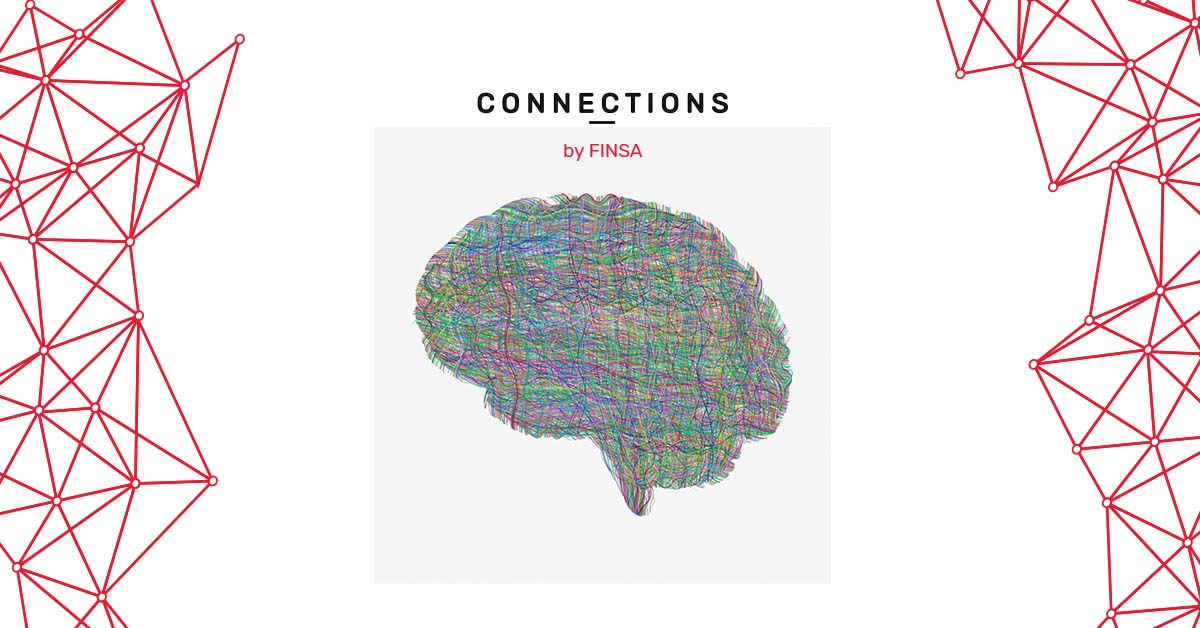Every time she has to start a project, architect-turned-photographer María Azkarate pours herself into reading and research to learn and give the idea conceptual substance. That’s what she did when she was contacted to participate in one of the rooms of the Spanish Pavilion at the Venice Architecture Biennale. The result, a visual essay on the wood value chain. We spoke with her about this project, the ways she finds inspiration, and her third landscapes.

You participate as a photographer in the Spanish Pavilion at the Venice Architecture Biennale, Internalities, with a visual essay for the Materials room. How did you come to be part of the project?
Roi Salgueiro and Manuel Bouzas, the general curators of the Spanish Pavilion, contacted me via email to tell me what their idea was. They wanted to include me in one of the rooms, the Materials room. I received it with great surprise and joy. Of course, I said yes. It’s been a learning process, too, because I’m not a wood expert.
How did you approach your work? What exactly did you do?
The conceptual part is the responsibility of the curators of the room, Dani Ibáñez and Carla Ferré. My job was more to give visual expression to the ideas they were working with. Through two-way communication and a little bit of support from the places they suggested to me, I tried to find a way to construct a narrative, to convey those ideas. In the Materials room, they talk about the importance that wood can have in decarbonising construction. They propose an installation in the centre of the room in which they address four themes related to the use of wood in architecture.
My story is more about the value chain itself, from the forest to the constructed building, and all the processes involved in transforming wood. The goal was to give visual expression to the journey of wood from raw material, from the nursery itself—understanding that wood is cultivated—to a public building in use.
You said before that you had learned a lot. What did you get out of all this?
On a personal level, I liked being able to tell something like this. Wood has transformative potential and a certain role to play in a paradigm shift in construction, where the goal is not only decarbonization, but also ensuring that the process of transforming materials is circular and local, ensuring that forests are preserved with all the benefits they bring to culture and society.
You are a photographer, but you started as an architect. How did you make that change? What was the life path that led you there?
I studied Architecture and worked as an architect for the first few years. I had my own studio, I did architectural work… but then the famous crisis of 2008 hit and work became scarce. Also, I had just had children, it was a time of change. During that break, I began to take an interest in photography. Suddenly I realised that what I had been seeing in magazines all my formative years weren’t buildings, they were photographs. I had visited buildings, but there was a part within this that we call architecture, which is the communication of architecture. That hooked me. You don’t really know how these things work; it’s like a siren’s song: something attracts you, you pull on the thread, and each time you become more interested and hooked. My training has been very self-taught and quite slow, but it has been constant.
Ver esta publicación en Instagram
With that prior training, one might think that you only do architectural photography.
I do architectural photography on commission, but in 2016 I started doing more authorial projects. I signed up for a photography course with Carlos Cánovas, a photographer from Pamplona, from the region, and with him, I learned that there was another way to take photographs. From that first encounter with author photography, the same thing happened to me: there’s something that calls to me and I find very attractive about that way of approaching the image. I’ve indeed been working on quite a few institutional commissions lately, like the one in Venice, but there are other projects I’m also involved in, which aren’t public yet, and then there’s a work that was my first authorial project, which is Tercer Paisaje.
Tercer Paisaje was the 2020 winner of BAFFEST, the competition for emerging Basque female photographers at the Barakaldo Women Photographers Festival. What did the project consist of?
Within the idea of expanded architecture or of territory and architecture as different manifestations of the same dynamic, I position myself on two points that are apparently contradictory, but that create a certain tension: the poetic space—the poetic, corporeal, experiential dimension of architecture—and the political landscape, which would be that approach to territory from the conceptual, from sociological, from political perspective. In that tension, between those two poles, is all my work.
In this spectrum between two poles, Tercer Paisaje is very much on the side of the conceptual, the discursive, the territorial, because in fact architecture does not appear. The third landscape is the residual spaces of land use planning, according to the manifesto of Gilles Clement, a French gardener and landscaper. They are spaces of uncertainty in which nothing can happen because, fundamentally, they are not suitable for anything to happen. But they are also spaces of special botanical wealth, they are biodiversity reserves. It’s a paradigm shift, a shift in thinking about what happens to things if we don’t act on them. My project is a photographic approach to that thought, to that approach of highlighting the beauty that lies within those margins.
Listening to you speak, it’s clear that your photography is heavily influenced by architecture and reflections on territory, landscape, and spaces, but does the reverse also apply? Have you noticed that you see things differently —buildings, spaces— since you started taking photos?
Yes, of course. We architects tend to touch things. Many times, you know someone is an architect because they stare at a brick wall, caress it, and meditate on that specific surface. I suppose the same thing happens in photography, you start to look perhaps not so much at the materiality of things, but at light and its expressive power. I’m very interested in photographic space, and one of the things I often say when I teach is that architecture and photography have in common that they both create spaces. Although photography is colour and shape on a plane, it actually constructs this kind of spatial illusion. Now my approach to architecture has a lot to do with how I could make that translation of the architectural space to that other photographic space. How can I build a sequence? How can I translate this into an image that is perhaps not only visual, but multisensory?
Ver esta publicación en Instagram
What is the process like in your authorial projects? What leads you to say “the next thing will be about this”?
My process, regardless of whether it’s a commission or a project I started on my own, is usually quite similar, because I work very much from the word. Projects have an initial phase of conceptual loading, of doing a lot of reading. After all that brainstorming, there’s a distillation process that I usually do in sync with the image capture. Let’s say there’s a process from thought to image and back again to thought and back again to image so that in the end that image, to the extent possible, is able to convey meaning, always understanding that this will not be univocal, that it will be open. Yes, I think that prior thought takes the image to unforeseen places, which is a way to avoid clichés, because, since you’re trying to tell a very specific story, trying to force the image to approach something that it actually struggles to do, you find unforeseen forms of visual expression.
And then there’s the text. Because that kind of opacity of the image can become somewhat more transparent when there is a small statement, when there is a text that provides some reading keys that help understand the conceptual framework. In this encounter between word and image, new forms of storytelling appear. Meanings and a series of other issues that have to do with the poetic, the symbolic, the corporeal multiply.
Since 2024, you’ve also been teaching classes. How has your view of photography changed since you’ve had to explain it to your students?
It’s a commonplace: I don’t know if my students learn in my classes, but I do learn in my classes. The word is something that is part of my way of being in the world. I need to name things; I am very analytical. That, in terms of teaching, is an advantage.
Furthermore, I find the learning processes wonderful. I believe that nothing belongs to us, in the sense that I know what I know because someone taught me, and I am self-taught. But because someone has written a book, because someone has published a blog, because someone has made a tutorial, because there is a circulation of knowledge, we can all learn. It seems almost an act of justice to me that others learn from you what you learned from others.
Ver esta publicación en Instagram
Is there any project you are particularly proud of?
Third Landscape is especially close to my heart and I continue working on it; it is still open. Furthermore, it’s a project I started on my own initiative, and where I developed many of the tools I now use on institutional assignments and other projects. It was also my first authorial project and had that almost intimate approach of doing what you want because you want to. Nobody knew me. I used to go to the empty lots in Pamplona to take photos, to pick flowers… And during the pandemic too, I would go take out the trash, and since I lived on the outskirts and there was an open space next to the containers, I would pick flowers and take photos. All in a very anonymous way and without any expectations, just the love for the work and for that richness and complexity that it seemed to me to have.
How are you doing with social media?
Social media is a space you must be in, and I use it primarily as a space for visibility, as a space to promote my work. And also, to learn about the work of other actors. My first use of networks is precisely formative. As it is a space where people show what they are doing, show their thoughts, it is also a network of knowledge. If you are conscientious, you can find many very valuable things. It seems to me to be an absolute revolution and it seems to me to have some extraordinary things in it.
Where do you get your daily inspiration from?
Of desire. In 2018, I did a workshop with photographer Awoiska van der Molen, who said that the question we had to answer as photographers was: what fascinates you? And that is closely linked to desire. I believe that the greatest motivation we can find is desire, understood as curiosity. It’s what I was saying before, that suddenly something calls you, the siren song. When something sparks my curiosity, when something asks me to dig a little deeper, to go a little further, that’s what drives me to explore in that direction, to dedicate the time necessary for things to mature. So, for me, inspiration lies in desire, in that kind of encounter with things in which they suddenly have an intimate meaning and activate the will.




